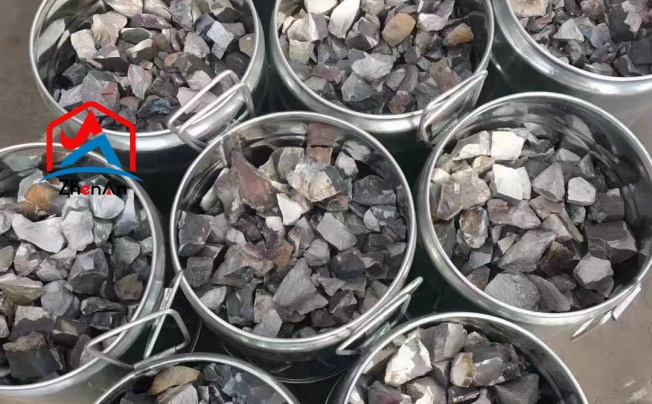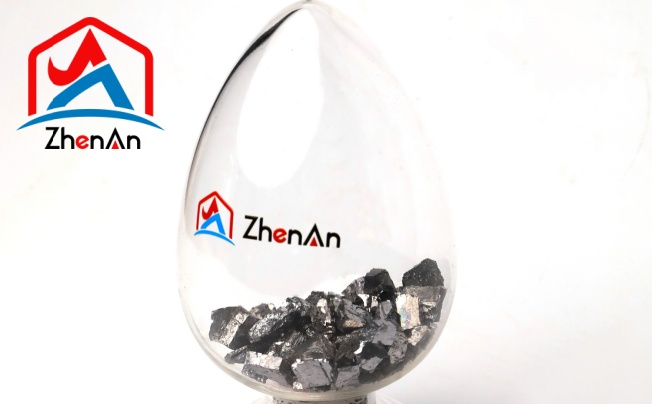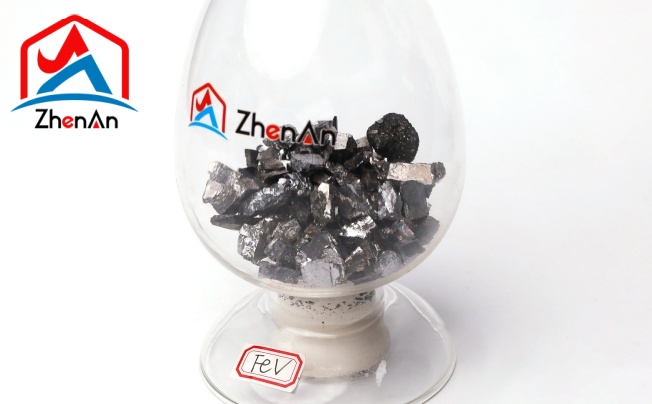What is Silicon Metal 2202?
2202 Metallic silicon: In a submerged arc furnace, silica and a carbonaceous reducing agent are melted to produce metallic silicon, commonly known as industrial silicon. About 98% of the primary component is silicon (although in recent years, metallic silicon has also been listed with a silicon percentage of 99.99%). The remaining impurities include calcium, iron, and aluminium. Because of its varied applications, it is separated into a number of specifications. Metallic silicon can be categorised into several specifications, such as 553, 441, 411, 421, 3303, 3305, 2202, 2502, 1501, 1101, etc., based on the amount of iron, aluminium, and calcium it contains. Number of brands. Elements silicon that has been industrially refined is 2202 metallic silicon. It is mostly utilised in the production of organic silicon, high-purity semiconductor materials, and speciality alloys.
About The Production Of Metallic Silicon 2202
A primary technique for generating metallic silicon 2202 involves the high-temperature carbothermal reduction of silicon dioxide, which can be accomplished by reducing silicon dioxide in an electric arc furnace with carbon present. Using a high-temperature arc to heat the reactants to create silicon, conventional methods directly reduce silica to silicon at room pressure. This process yields silicon products that are referred to as metallurgical grade silicon (mg-si), and they are thought to be no more than 98–99% pure.
The aluminium and steel industries employ metallic silicon 2202 directly (as an additive) or as a starting point for the synthesis of silicon products with higher purity grades, such as solar grade silicon (sog-si) and electronic grade silicon (eg-si). Consequently, the process of refining lower-grade silicon (mg-si) to a higher purity yields higher-grade silicon. The two primary post-purification processes used in the refining of metallic silicon 2202 are the metallurgical and chemical processes.
The conventional process of producing 2202 metallic silicon mostly involves smelting; that is, following the cleaning, screening, and drying of the raw material silica, a reducing agent—typically low-ash petroleum coke or asphalt coke—is employed. However, charcoal (or wood blocks) with a low ash percentage, high resistivity, and strong reactivity must be used to replace some of the petroleum coke because these two types of coke have small resistivity and poor reactivity. It is also necessary to add some low-ash bituminous coal to the charge to sinter it. Combine the components in varying amounts and place them into the electric furnace. The materials in the furnace must heat up to a temperature of more than 1800 degrees Celsius for the current to go through the electrodes and decrease the materials. The conventional method wastes resources pollutes the environment severely and uses a lot of electricity.
Reusing waste materials like maize stalks, reed stalks, straw, wolfberry stalks, flax stalks, etc. in place of charcoal can save businesses expenses and accomplish resource recycling. The foregoing waste materials are appropriately proportioned and melted in an industrial silicon smelting furnace instead of charcoal and other raw materials to produce 2202 metallic silicon that satisfies user requirements by adding valuable elements found in agricultural waste. Utilisation is considerably improved, and the environment is protected when 2202 metallic silicon is produced using this technology as opposed to typical manufacturing methods.
Applications Of Silicon Metal 2202
- Refractory Material and Power Metallurgy Industry: Silicon Metal 2202 is utilised in these industries to enhance wear resistance, oxidation resistance, and heat resistance. It is included in the alloy as an addition to improve these materials’ qualities.
- Basic Raw Ingredients for High Polymer Organic Silicon Formatting: The creation of high polymer organic silicon compounds uses silicon metal 2202 as a basic raw ingredient. It is employed in the creation of silicone compounds, which have numerous uses in construction, automotive, electronics, and other industries.
- Additives for ferro-base alloys: Silicon Metal 2202 is a ferro-base alloy additive. It can be added to silicon steel alloys to increase hardenability, which will increase the steel’s strength and functionality.
- Aluminium Industry: To enhance aluminium’s beneficial qualities, silicon metal 2202 is employed in this sector. It can improve an aluminium alloy’s strength, hardness, and castability. Ingots made of aluminium are also produced using it.
- Silicon Metal 2202 is Applied in the Solar Cell and Electronics Industry: Silicon wafers are utilised in the fabrication of solar cells and electronic gadgets. In the high-tech sector, it is a necessary raw material for the creation of various electronic components and high-purity semiconductors.
- Other Industries: Silicon Metal 2202 is used in the production of alloys, lubricants, greases, high-temperature resistant materials, and optical fibre communication materials, among other things. The industries that use it extensively include aerospace, electrical and electronic, construction, energy, transportation, chemical, textile, medical, and agricultural.







